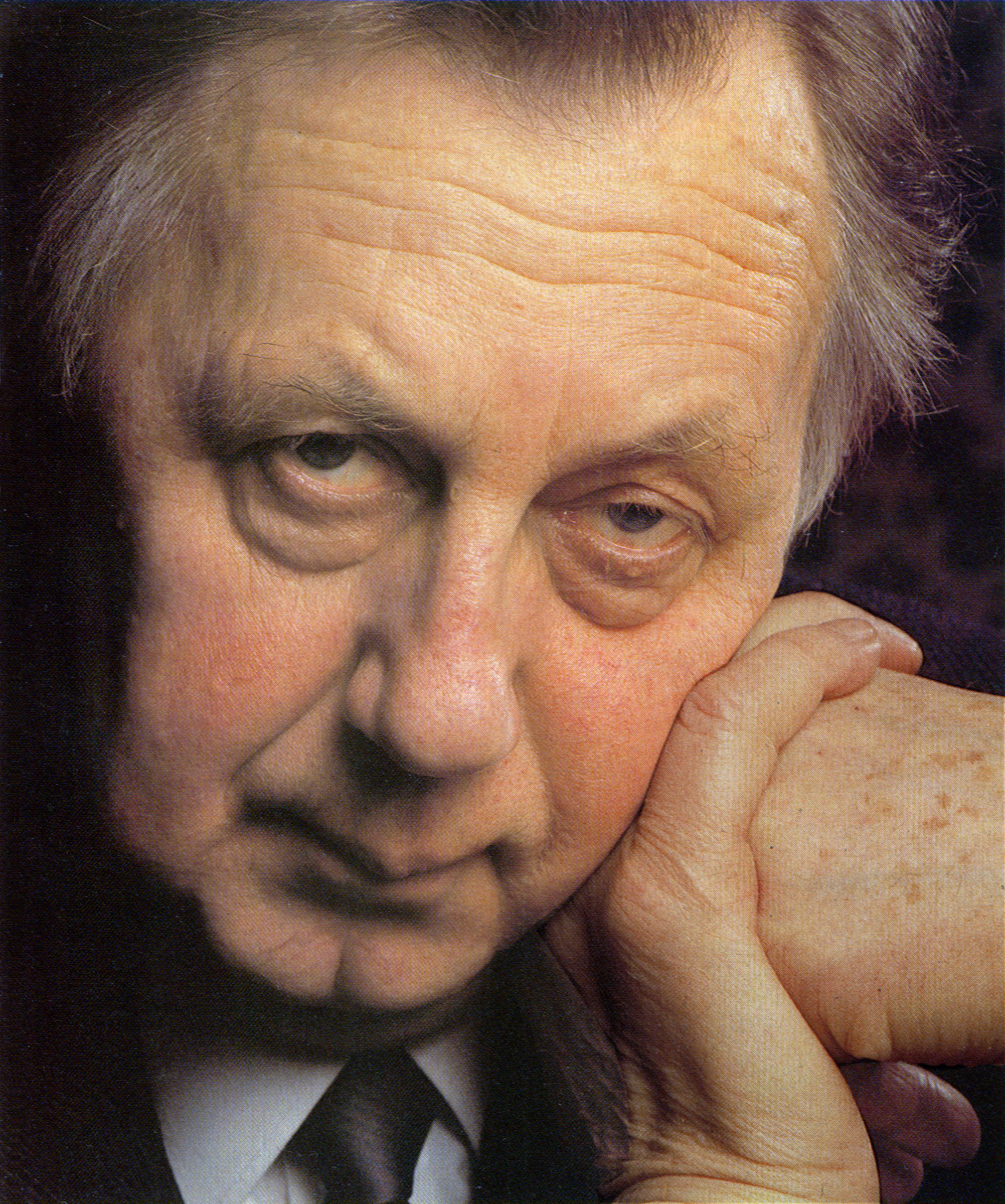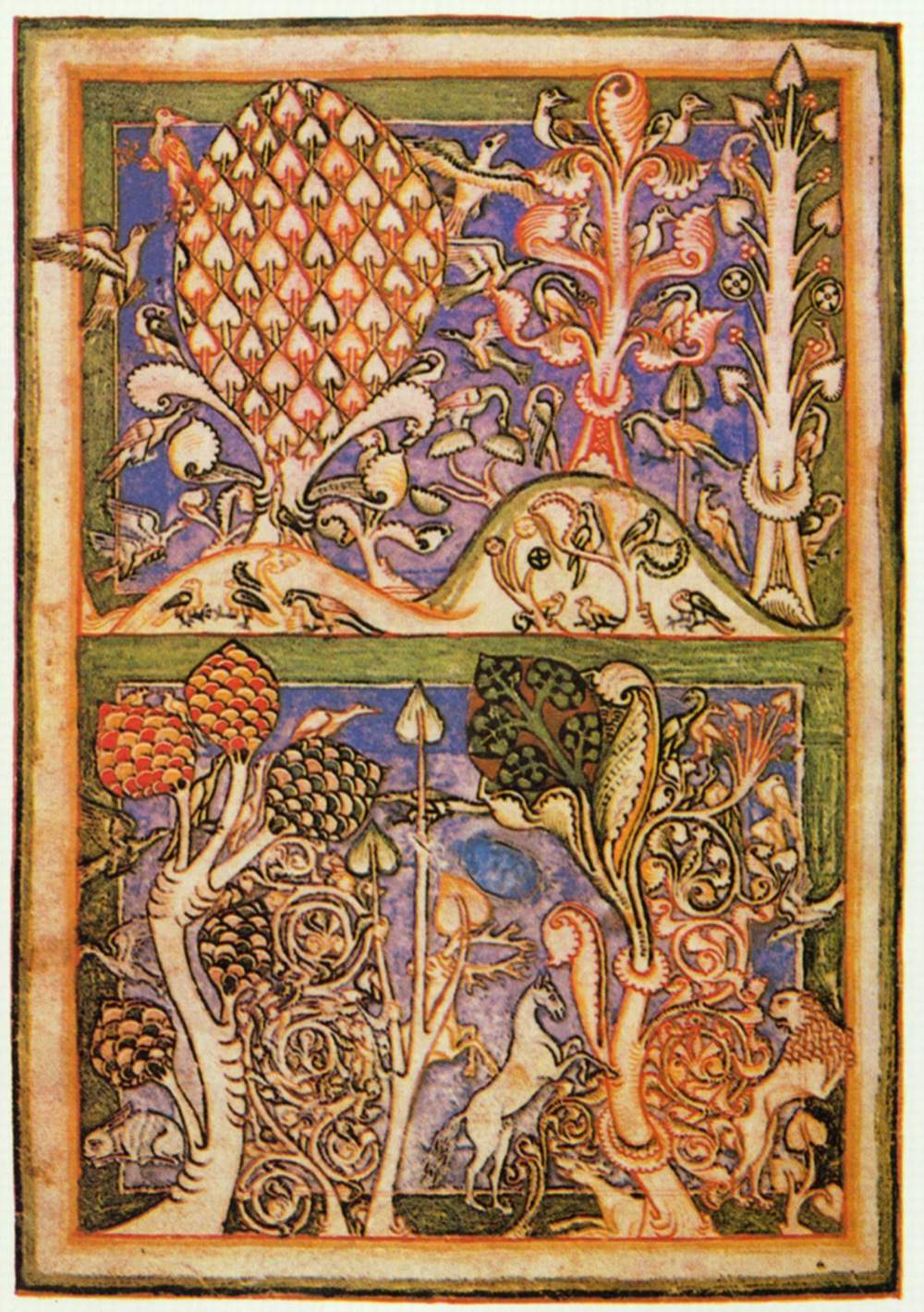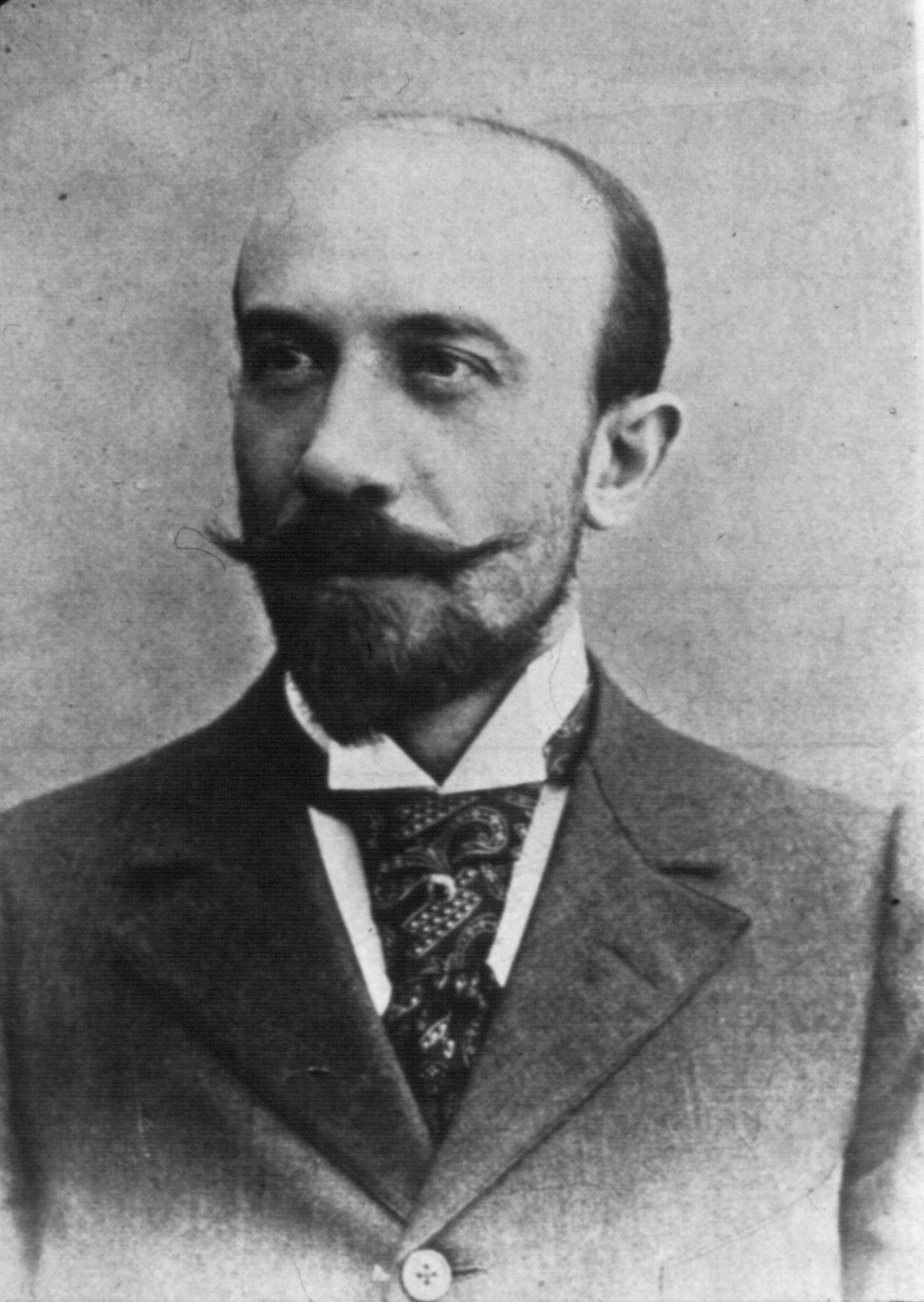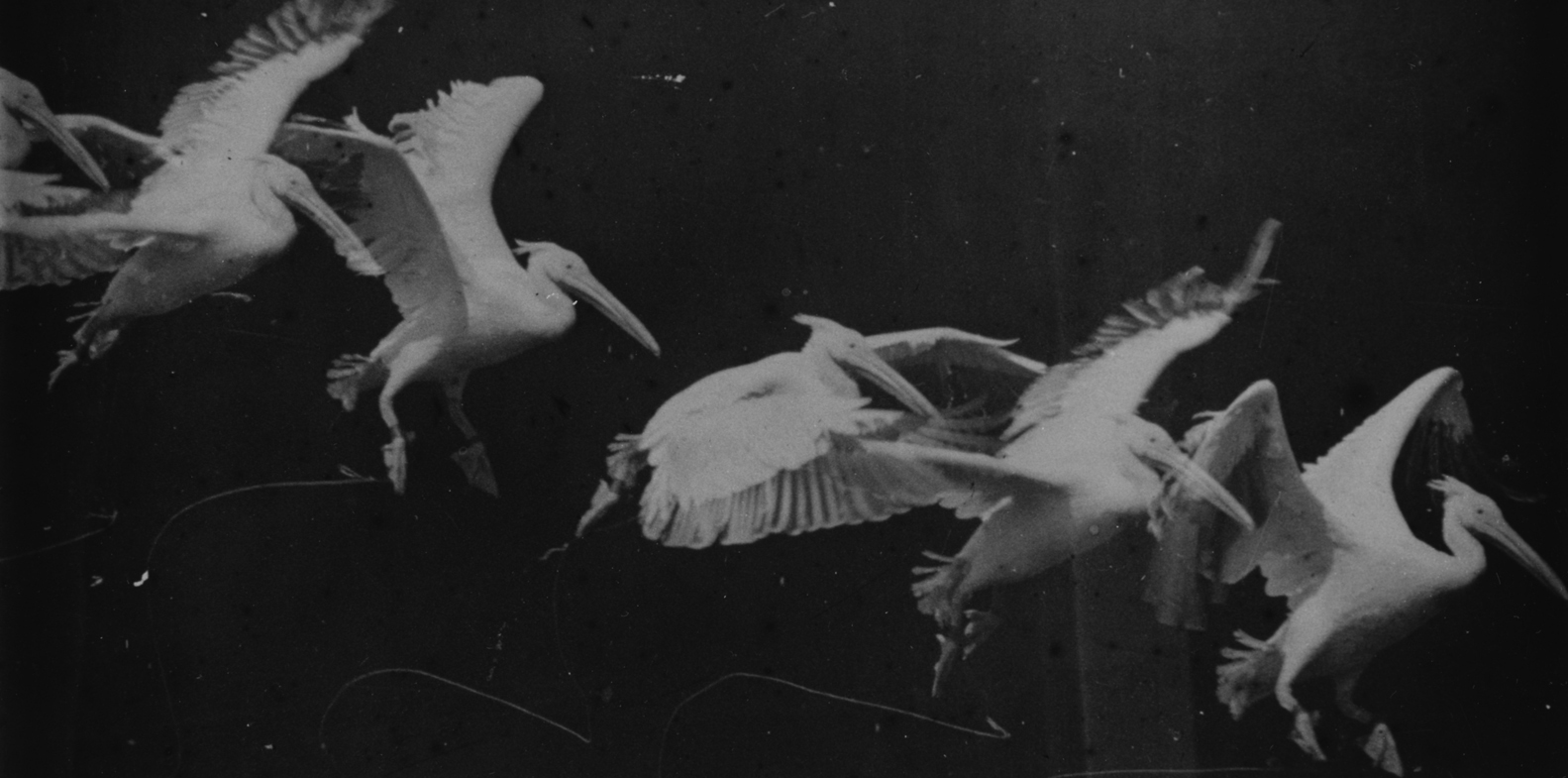During his career, Borowczyk displayed a remarkable capacity for combining imagery with music. In Poland, two of the films he made with Jan Lenica (1928 - 2001) used music that had emerged from the then newly established Experimental Studio of Polish Radio. Modeled along the lines of similar facilities in Cologne and Milan, the Warsaw studio is proof of not just the relative freedom in Poland during the late 1950s, but the extent to which the State not only tolerated but encouraged experimentation and innovation. To see a newsreel about the Experimental Studio click here.
Był sobie raz... (Once Upon a Time, 1957) was scored by Andrzej Markowski (1924 - 1986), whom Borowczyk would call upon to provide music for not only his first professional solo-effort, Szkoła (The School, 1958), but also his first professional film abroad, Les Astronautes (Astronauts, 1959).
Dom (The House, 1958), Borowczyk and Lenica's final collaboration, featured a remarkable score by Włodzimierz Kotoński, with whom Lenica would continue to work during the 1960s. Music from the archives of the Experimental Studio have recently been re-issued on CD by Bôłt Records.
In France, Borowczyk established fruitful working relationships with Avenir de Monfred and Bernard Parmegiani. Monfred, an organist and composer, was born in Petersburg in 1903, emigrated to France. For Borowczyk, he composed scores for films produced by Jacques Forgeot's Les Cinéastes Associés: Le concert (The Concert, 1962) L'encyclopedie de grand-maman (Grandma’s Encyclopedia, 1963) and Renaissance (1963).
Borowczyk's association with Parmegiani began in 1964, with Les jeux des anges (Angels’ Games, 1965), which utilised some elements from Violostries (1962), with others that would appear in later compositions, such as L'Oeil écoute (1970). Borowczyk's collaboration with Parmegiani continued with Le dictionnaire de Joachim (Joachim’s Dictionary). However, arguably the most effective unison of Borowczyk's imagery with Parmegiani's music was in Docteur Jekyll et les femmes (The Blood of Dr Jekyll, 1981). For this, Parmegiani reworked passages from his 1972 composition, Pour en finir avec le pouvoir d'Orphée. Borowczyk and Parmegiani's final collaboration was in 1984, with the animated short film, Scherzo Infernal (1984). Parmegiani talks about his audio-visual collaborations with Borowczyk in Eyes that Listen, a new featurette to be included in Arrow Academy's Walerian Borowczyk Collection:
When not working directly with contemporary composers, Borowczyk demonstrated a fine ear for classical music. A recording of Tino Rossi singing Je crois encore entendre, an aria from Bizet’s opera Les pêcheurs de perles, can be heard during the second panel of arguably Borowczyk’s most curious short, Diptyque (Diptych, 1967). For the title sequence of Blanche (1971), Borowczyk turned to an arrangement based on a song (no. 116) from the Carmina Burana song book.
The harpsichord is put to ironic use in both Gavotte (Rameau) and La Bête (Scarlatti), while the rapturous strains of Mendelssohn’s Violin Concerto play an integral role in Borowczyk’s delirious melodrama, Dzieje grzechu (Story of Sin, 1975). Camille Saint-Saëns’ Danse macabre appears during the sex and death in Borowczyk’s Wedekind adaptation, Lulu (1980). Arguably the most unique soundtrack in Borowczyk’s filmography is that for La Marge (The Streetwalker, 1976). For this, Borowczyk’s first film to be set exclusively in the contemporary world, Borowczyk featured music that might conceivably feature on the jukebox standing in a bar where prostitutes pick up their clients. This includes Elton John, 10CC, short-lived seventies outfit Sailor, not to mention Charles Aznevour, selections from Chopin, old tango recordings and Pink Floyd’s Shine on You Crazy Diamond...
On one occasion, Borowczyk himself was responsible for the music: the Goto anthem. This melody, incidentally, reappears Brief von Paris (1976), as part of a musique concrete soundtrack credited to Borowczyk and Tom Schmitt.
DB




















